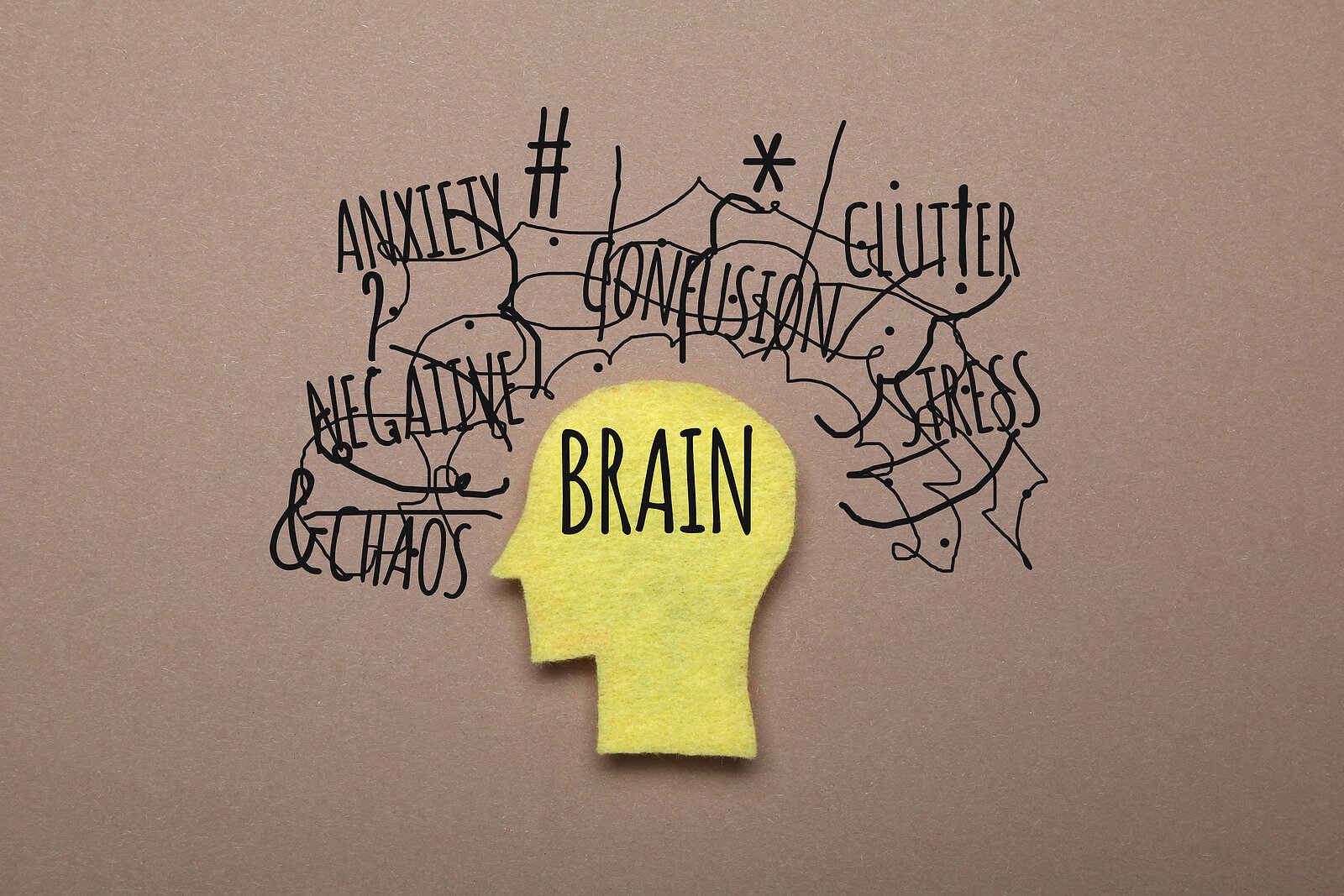What Is Paced Breathing? How It Can Help to Manage Your Anxiety
19% of people in the United States struggle with anxiety disorder. However, it’s important to know that anxiety is manageable using a variety of techniques, strategies, medication, and cognitive behavioral therapy. One of our favorite anxiety management techniques is paced breathing.
So what is paced breathing for anxiety and how does it work? If you struggle with an anxiety disorder (or just feel anxious from time to time!) and are curious about paced breathing benefits, read on!
Symptoms of Anxiety Disorder
While many people experience feelings of anxiety from time to time situationally, an anxiety disorder is different. When you have an anxiety disorder, worries and fears start to impact your day to day life.
Here are some symptoms of an anxiety disorder:
Feeling tense
Feeling irritable or even angry
Feeling like everything is doomed
Uncontrollable worry or fear
Physical symptoms like trembling, shaking, or gastrointestinalÂ
Rapid heart rate and breathing
When you have anxiety, you may or may not have all these symptoms, or you may experience them infrequently. However, when these symptoms begin to interfere with your daily life, that's when you know you need help. We go into more depth about specific types of anxiety disorder in another blog post we recently wrote.
What Is Paced Breathing?
Have you ever counted how many breaths you breathe in normally? If you’re just relaxing the average person is going to breathe in about about 12-20 breathes per minute. But anxiety tends to alter this breathing. When you’re anxious, you may start naturally breathing faster and more shallow.
Paced breathing is slowing your breath down purposefully to focus on the length of the breath and calm your mind and body. This type of breathing exercise can be used in a pinch when you're feeling overly exerted or anxious.
When you experience anxiety and it's not dealt with purposefully, your body starts to go into a bit of a defensive mode. You may become tense and rigid. Paced breathing allows you to return to your body and release some of the stress you're feeling.
Our therapists commonly teach paced breathing as part of the “TIPP” skill in DBT. However, the great thing about paced breathing is that it can work for anyone, whether they're using TIPP skill in DBT or not. Taking the time to focus on your breath will recenter, conserve some energy, and destress. You're taking your anxious perspective and putting it towards a healthier activity so you can regain control.
Benefits of Paced Breathing
While most evidence for paced breathing is anecdotal, some studies show it can help with situations like:
Falling asleep faster
Managing stress
Decrease headaches or migraines
Decreased hypertension
Reduced symptoms of anxiety
Improved cognitive abilities
Practicing paced breathing for several weeks may improve your ability to think more clearly and manage your anxiety. However, it could take time to get into the routine of doing it as often as necessary, so don't feel bad if you have trouble. Keep at it, and you'll see results.
How Does Paced Breathing Work?
Breathing normally doesn't require counting your breath, but paced breathing does! This is what's meant by, "paced". You're counting your breath, holding it, and then releasing.
There are different ways to practice paced breathing. We’ll share with you one technique below. However, know that it’s less about the exact number of seconds you’re breathing in and more about bringing that attention to your breathe, breathing in a little deeper and slowing down your breathing.
Step by Step Instructions for Using Paced Breathing
Here's how it works. Remember, you can do this anywhere and anytime you feel anxious, even in the morning or at night as a paced breathing meditation.
Sit comfortably and focus on one object. Focusing on an external subject may actually help you concentrate more on your breath and the length of the breath.
Paced breathing is different, in that you're going to be inhaling through the nose and exhaling through the mouth. You'll also be breathing from your diaphragm, which is more of a belly breath than from your lungs because this allows for more oxygen.
Start by exhaling to empty your lungs, then take your first deep breath (from the belly, you'll see your belly expand) counting slowly and drawing the breath out from anywhere to 2-4 seconds. Don't push yourself; this is your breathing practice and not a competition, so it needs to benefit you and your mind.
Hold that breath for about 5-7 seconds, or at your comfort level.
Release the breath through your mouth making a "whooshing" sound as you do so. Take your time to exhale your breath and don't rush it. You can repeat this practice as necessary, even taking 10-20 minutes a day, especially if your anxiety is debilitating.
Remember, the most important thing is not the length of time that you draw your breath, but that you're focusing on the breath. You can draw, hold, and exhale however is comfortable for you.
If you have trouble counting or staying on track pacing your breath, some apps help. You can download them and they count for you, so your breath can be the focal point.
Risks of Paced Breathing
If you've never practiced paced breathing before, it might be a little challenging at first for a few reasons.
The practice takes some getting used to, especially if you're always in a hurried state. You might find yourself wanting to hurry your paced breathing, but don't! The whole idea of paced breathing is to slow down, refocus, and though it might feel awkward at first, you will become better with each practice.
If you've never done any deep breathing exercises, your body will not be used to them. Some people may even have slight dizziness or lightheadedness. If you feel this way, you should stop, and stay seated until you regain your sense of balance.
Getting Help for Anxiety
Breathing techniques like paced breathing are just one piece of the puzzle when it comes to managing your anxiety. Talking it over with a licensed counselor or therapist can help you pave a way to understanding the anxiety and what you can do about it.
Are you looking for someone to talk to about your anxiety? The counselors at Aspire Counseling have experience in helping people who've been through trauma and pain. Contact us today to set up your appointment and begin your pathway to healing.



